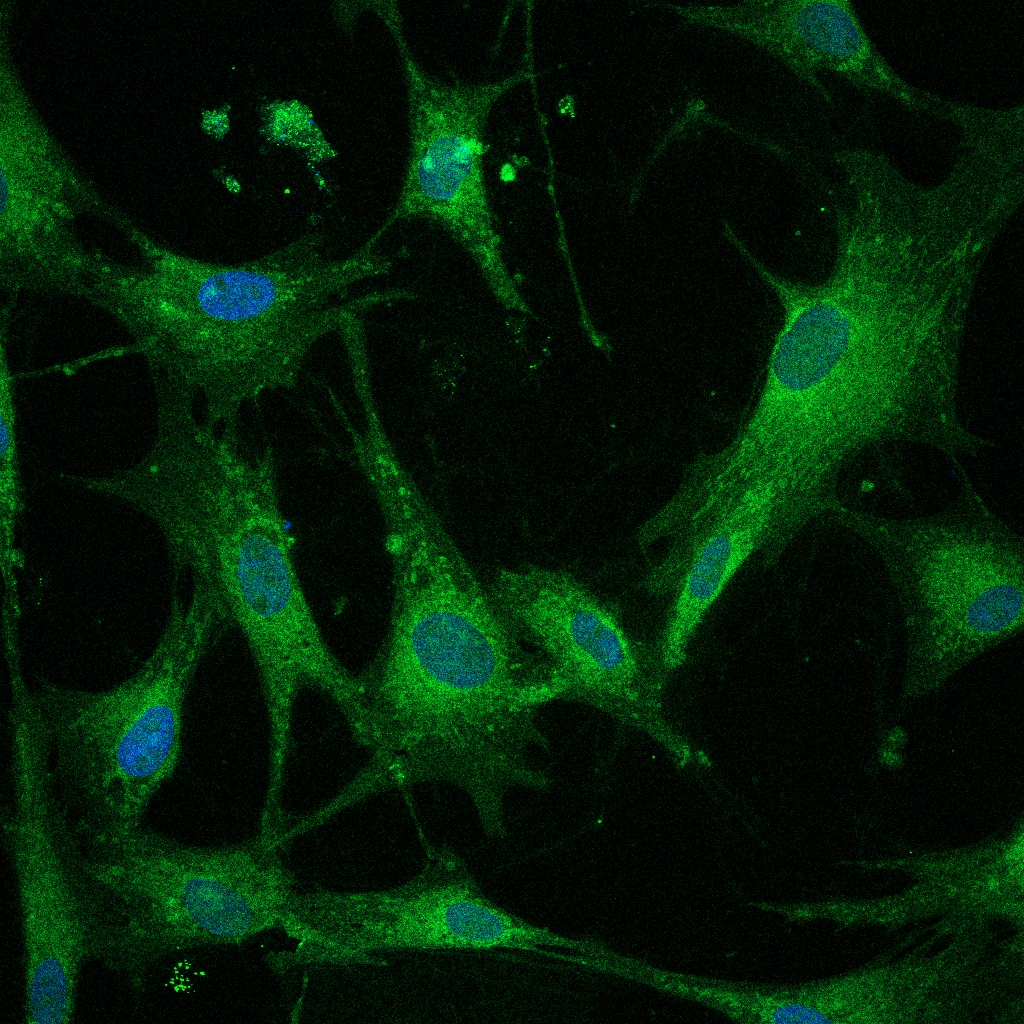Supplementation of Vitamin E protects chickens from Newcastle disease virus-mediated exacerbation of intestinal oxidative stress and tissue damage
Newcastle disease virus (NDV) causes a highly devastating and contagious disease in poultry, which is mainly attributed to extensive tissue damages in the digestive, respiratory and nervous systems. However, nature and dynamics of NDV-induced oxidative stresses in the intestine of chickens remain elusive. METHODS: In this study, we examined the magnitude of intestinal oxidative stress and histopathological changes caused by the virulent NDV infection, and explored the protective roles of vitamin E (vit. E) in ameliorating these pathological changes. For these purposes, chickens were divided into four groups namely i) non supplemented and non-challenged (negative control, CON); ii) no supplementation of vit. E but challenged with ZJ1 (positive control, NS+CHA); iii) vit. E supplementation at the dose of 50 IU/day/Kg body weight and ZJ1 challenge (VE50+CHA); and 4) vit. E supplementation at the dose of 100 IU/day/Kg body weight and ZJ1 challenge (VE100+CHA). In all groups, we analyzed concentrations of glutathione (GSH), malondialdehyde (MDA), nitric oxide (NO), total antioxidant capacity (T-AOC), and activity of glutathione S-transferase (GST), superoxide dismutase (SOD), catalase (CAT) using biochemical methods. The virus loads were determined by quantitative RT-PCR and antibody titers by hemagglutination inhibition assays. We also examined the histopathological changes in the duodenal and jejunal mucosa at 3 and 5-day post infection (dpi) with NDV. RESULTS: A significant elevation in the NO level was observed in NDV challenged chickens compared to the CON chickens at 2 dpi. The MDA contents were significantly increased whereas GSH was significantly decreased in NDV-challenged chickens compared to control. Furthermore, activities of GST, CAT, SOD, as well as the TOAC were markedly decreased in challenged chickens in comparison with control. Virus copy numbers were higher in NDV infected NS+CHA group compared to other groups. Severe histopathological changes including inflammation, degeneration and broken villi were observed in the intestine of NDV challenged chickens. However, all these malfunctions of antioxidant system and pathological changes in the intestine were partially or completely reversed by the vit. E supplementation. CONCLUSIONS: Our results suggest that NDV infection causes oxidative stress and histopathological changes in the duodenum and jejunum of chickens, which can be partially or fully ameliorated by supplementation of vit. E. Additionally, these findings suggest that oxidative stress contributes to the intestinal damages in NDV infected chickens. These findings will help to understand the pathogenesis of NDV and further investigation of therapeutic agents for control of Newcastle disease.

